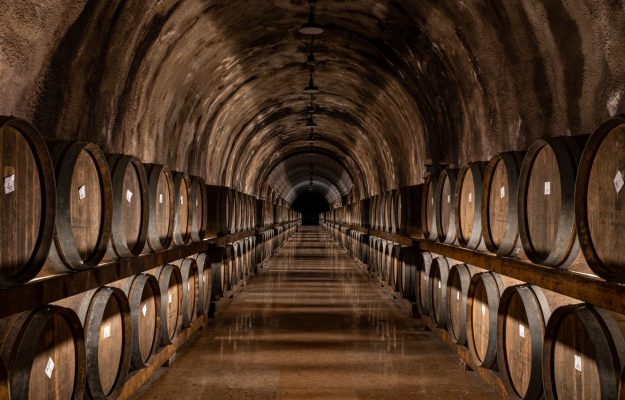Data from the “Cantina Italia” report, drawn up by the quality control and fraud protection inspectorate, ICQRF, revealed that as of June 30, 2022, there were 47.2 million hectoliters of wine, 4.6 million hectoliters of the musts and 82.292 hectoliters of new wine still in fermentation stored in Italian wineries. The report was based on data contained in the electronic wine registers. Compared to June 30, 2021, the value of stocks was higher for wines (+ 3.8%) and for musts (+20.7%), while, as of May 31, 2022, stocks were down both for wines (-6.9%) and musts (-12.8%). Fifty-five percent of wine stocks, as usual, are held in the Northern regions, mainly Veneto. 50.7% of wines are PDO, 27.9% are PGI and varietal wines make up 1.4% of the total, while the remaining 20% is represented by other wines. Stocks of Geographical Indication wines are very high, as 20 out of 526 denominations contribute 57% of the total stock.
Stocks of PDO wines amount to 23.9 million hectoliters, while PGI wines are 13.1 million hectoliters, table wines 9.4 million hectoliters and varietals the remaining 642,000 hectoliters. After Veneto, which holds 22.7% of all wine stocks in the country, equal to 10.6 million hectoliters, the Regions with the most stocks are Apulia(5.6 million hectoliters), Emilia Romagna (5.3 million hectoliters), Tuscany (5 million hectoliters), Piedmont (4.1 million hectoliters), Sicily (3.3 million hectoliters), Abruzzo (2.5 million hectoliters), Lombardy (2.2 million hectoliters), Trentino Alto Adige (1.9 million hectoliters) and Friuli Venezia Giulia (1.6 million hectoliters).
As far as denomination wines are concerned, the largest stocks are Prosecco, worth 8.1% of all Denomination of Origin and Geographic Indication wines (2.9 million hectoliters). Then follow Apulia PGI (6.3% for 2.3 million hectoliters), Sicily PDO (3.9% for 1.4 million hectoliters), Toscana PGI (3.8% for 1.4 million hectoliters), Montepulciano d’Abruzzo (3.7% for 1.3 million hectoliters), Salento PGI (3.6% for 1.3 million hectoliters), Terre Siciliane PGI (3.5% and 1.3 million hectoliters), Veneto PGI (3% for 1.1 million of hectoliters), Delle Venezie (2.8% for 1 million hectoliters), Chianti (2.8% for 1 million hectoliters), Rubicone (2.2% for 812,000 hectoliters), Chianti Classico (2.1% for 780,000 hectoliters), Emilia PGI (1.7% for 611.000 hectoliters), Conegliano Valdobbiadene Prosecco (1.5% for 553.000 hectoliters), Valpolicella Ripasso (1.5% for 548.000 hectoliters), Franciacorta (1.5% for 542.000 hectoliters) ), Verona PGI (1.4% for 524.000 hectoliters), Barolo (1.4% for 506.000 hectoliters), Tre Venezie PGI (1.2% for 461.000 hectoliters) and Soave (1.2% for 445.000 hectoliters).
Most of the Italian musts are held in the Northern (50%) and Southern (41%) regions of Italy. Two regions hold 62.2% of musts: Apulia (38.1%) and Emilia-Romagna (24.1%). In June 2021, stocks of PDO wines increased + 2.8% and those of PGI wines + 7.6%, while stocks of table wines grew + 1.6%. In May 2022, stocks of PDO wines fell -6.6%, those of PGI wines -7.3%, the same percentage also for table wines.
Copyright © 2000/2025
Contatti: info@winenews.it
Seguici anche su Twitter: @WineNewsIt
Seguici anche su Facebook: @winenewsit
Questo articolo è tratto dall'archivio di WineNews - Tutti i diritti riservati - Copyright © 2000/2025









































































































































































































